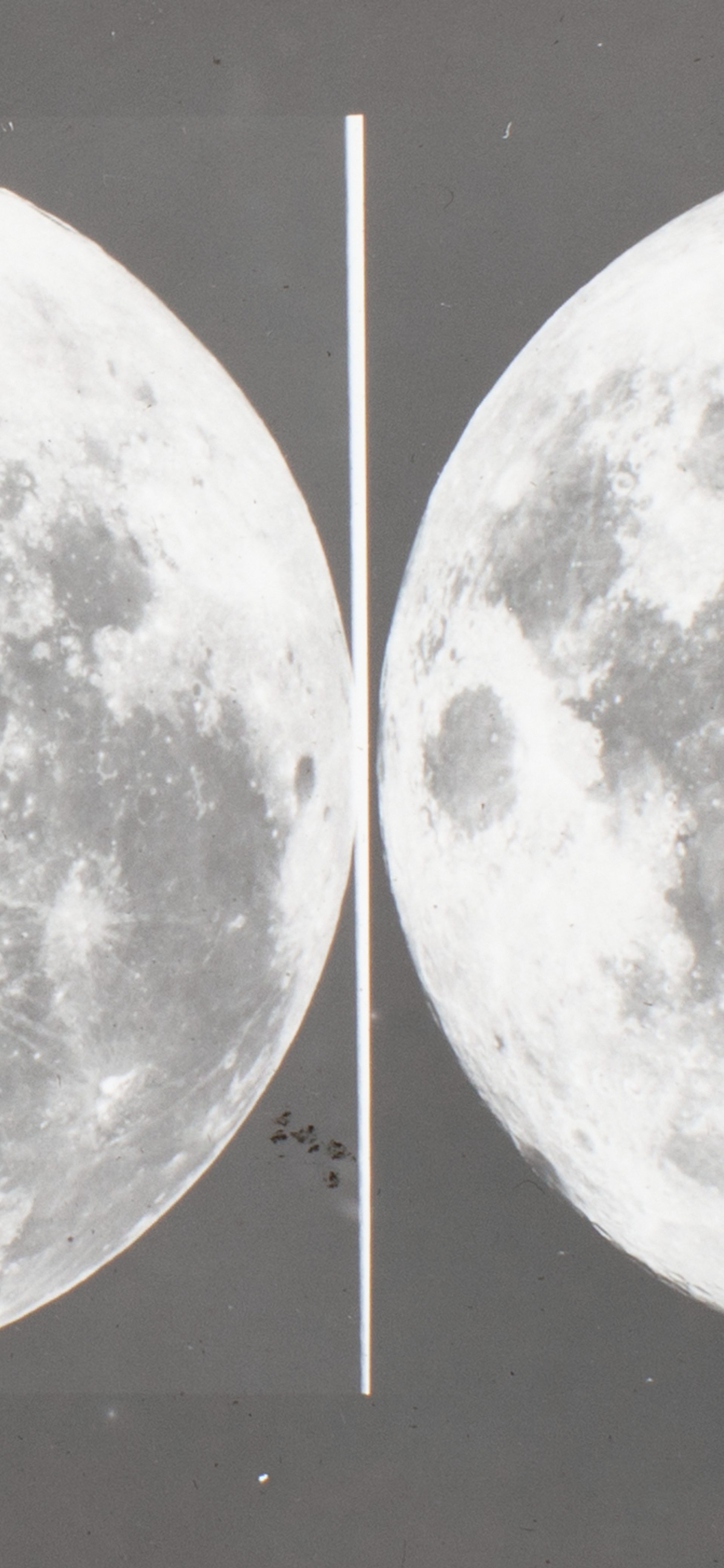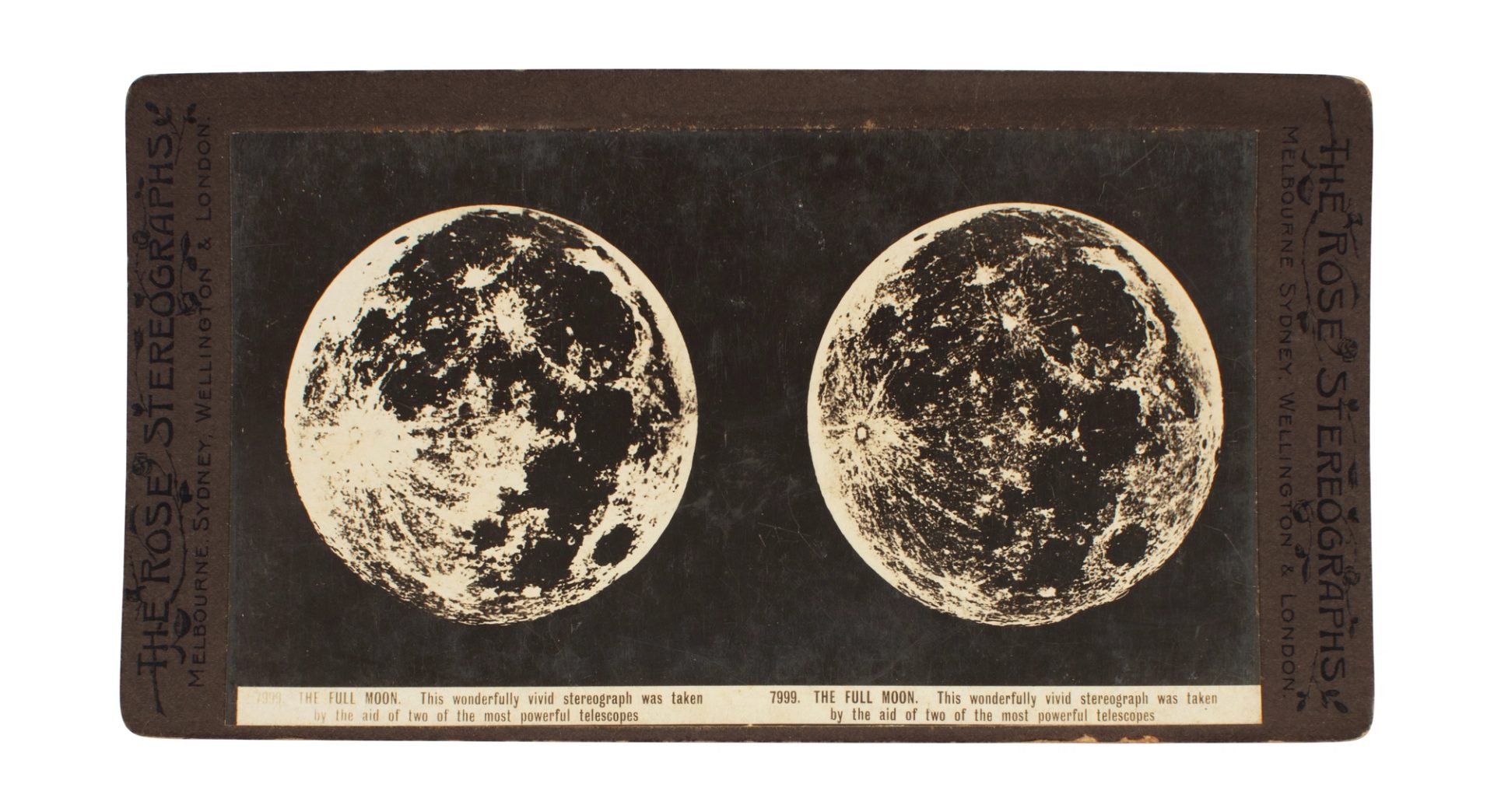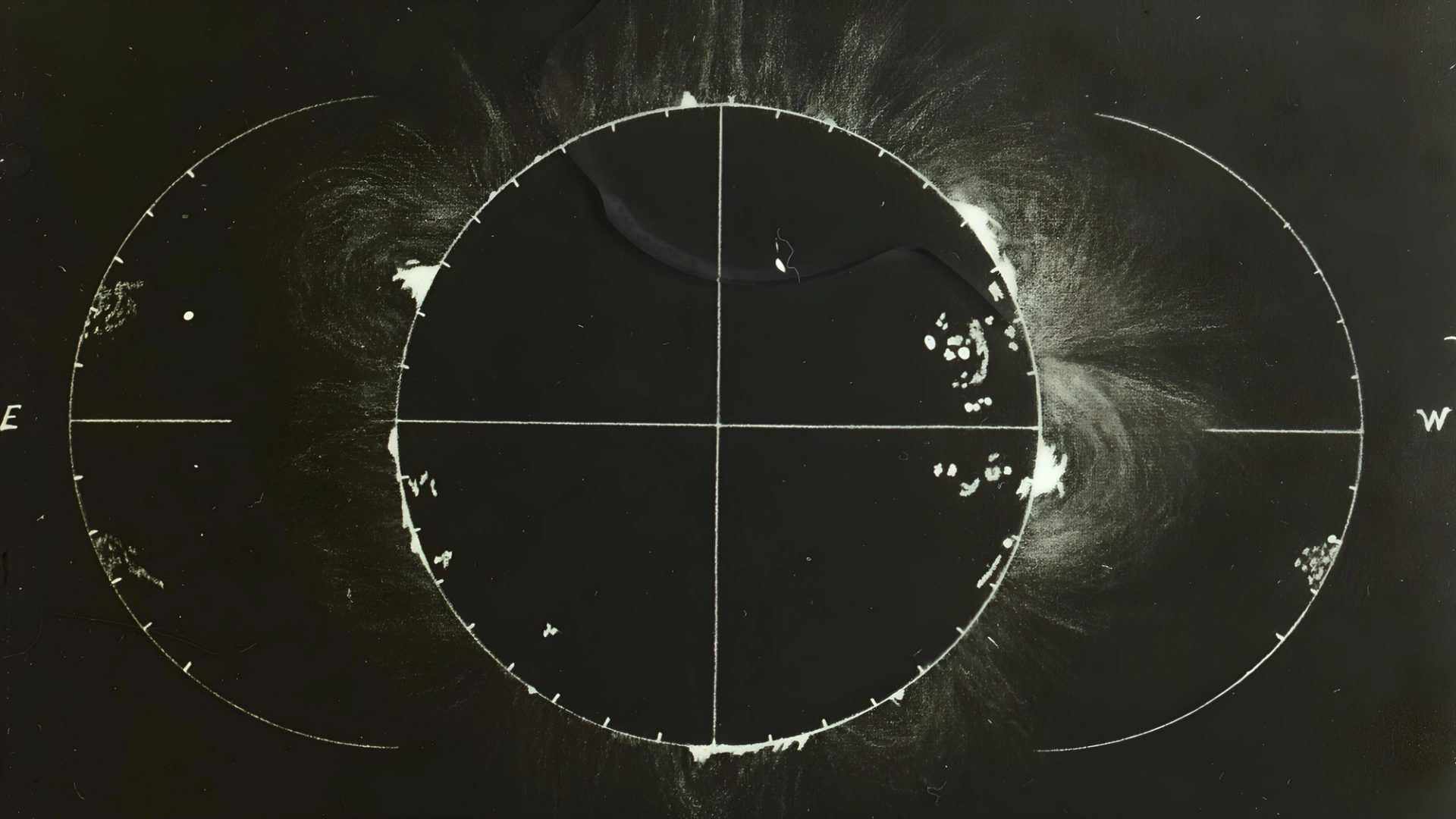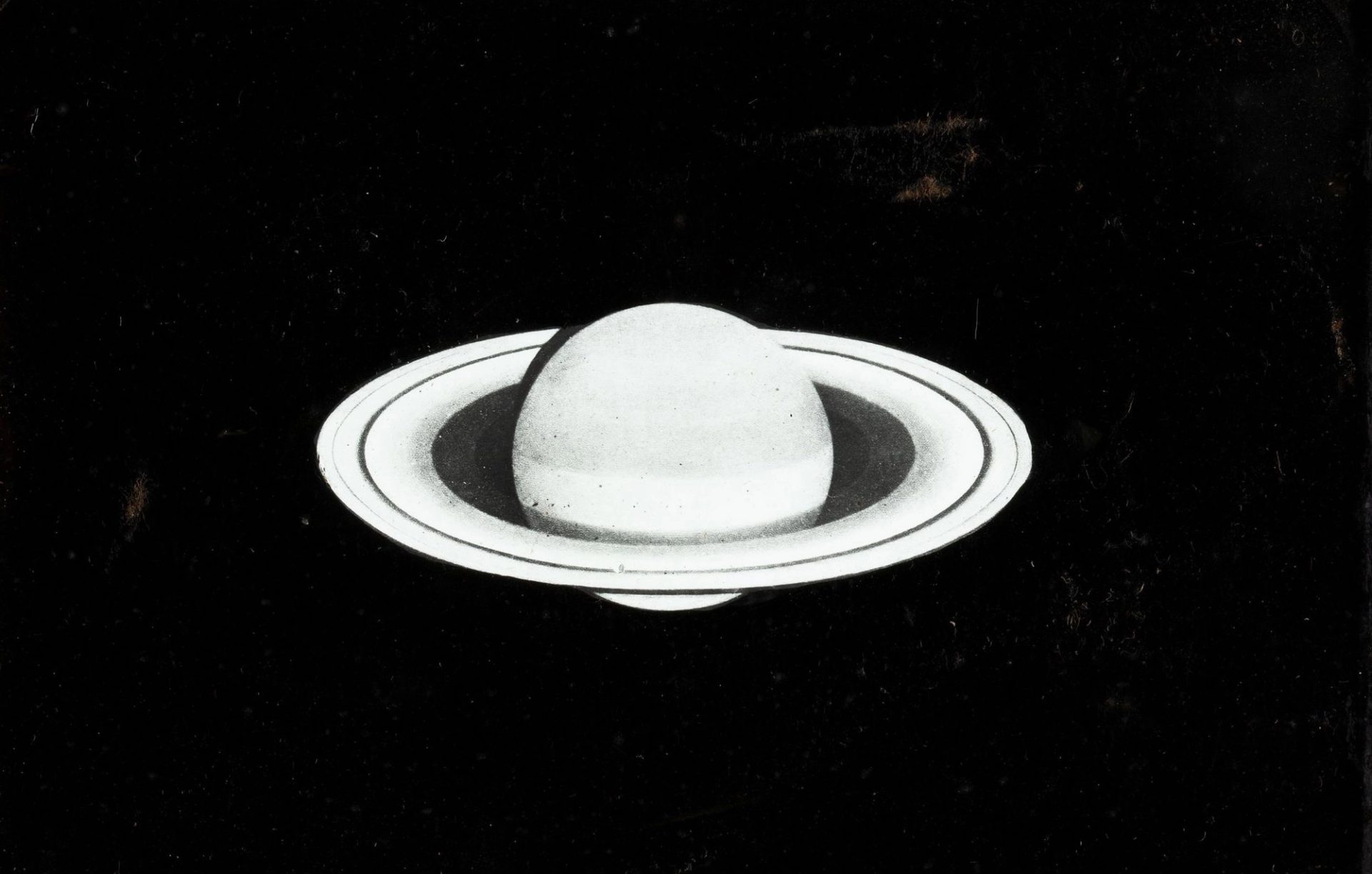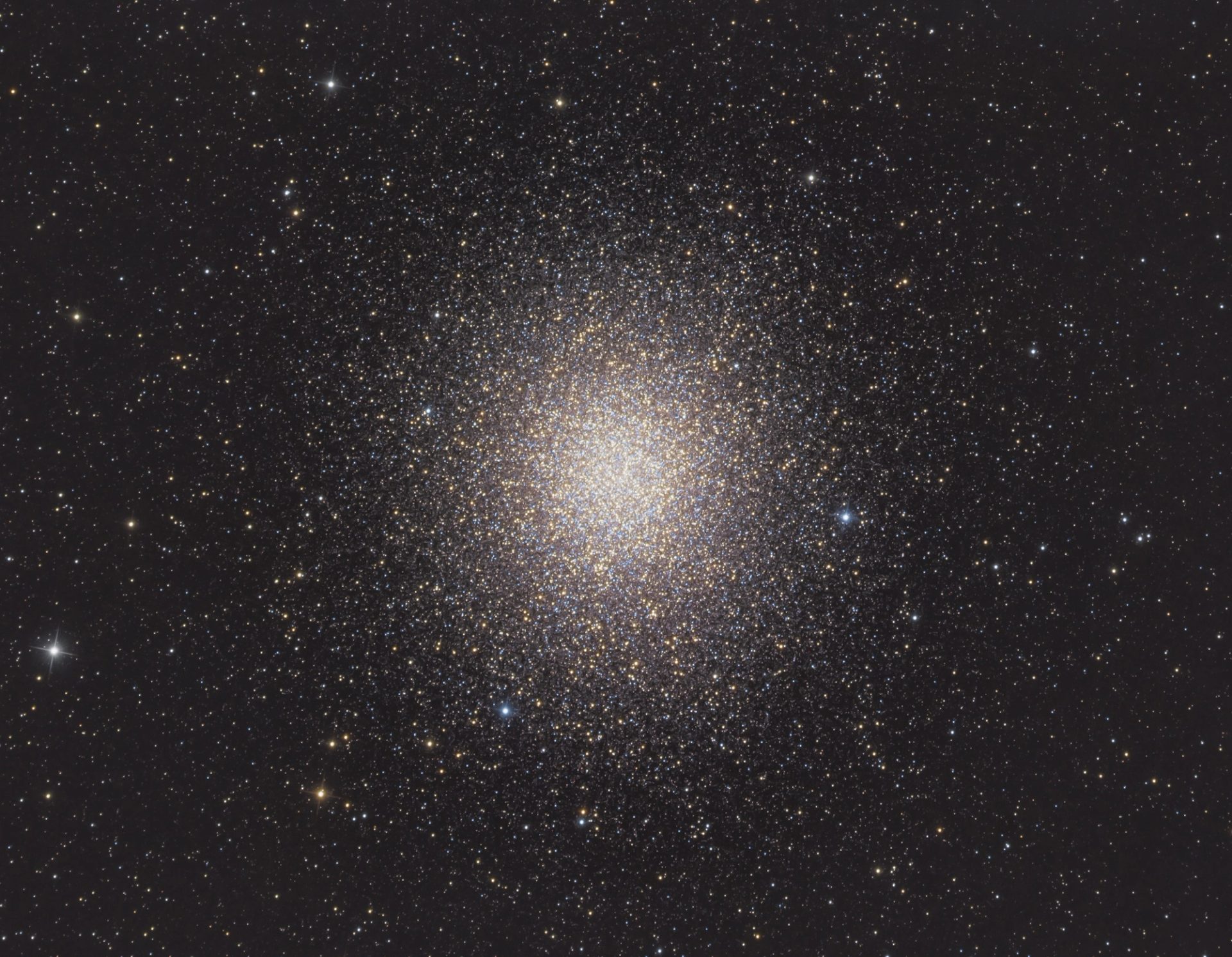Sky Guide August 2023

‘The best time to observe any meteor shower is after midnight, usually a few hours before dawn, so on the morning of the 7th, look towards the east.’
Constellations
Constellations are groups of stars that form a picture. These pictures were given names and for millennia have been used as a tool for navigation and to share significant cultural stories. Astronomers use these constellations to delineate portions of the sky and as a way for locating astronomical objects. In August the following constellations dominate the winter sky:
Scorpius sitting high overhead in the winter sky, Scorpius the scorpion is one of the easiest constellations to pick out as it is one of the few that does look like what it’s supposed to represent. Look for the scorpion’s heart, the red supergiant star Antares, and follow the body along to the hooked tail and sting. The scorpion plays a role in many myths, however it is best known in Greek mythology for its pursuit of Orion through the night sky.
Sagittarius located just behind the sting of Scorpius is the centaur Sagittarius, sometimes referred to as the Archer. However, this constellation looks more like a teapot than an archer. In Greek mythology, the archer is a centaur, pointing his arrow towards the heart of Scorpius.
Ophiuchus an ancient constellation said to represent the mythical healer Aesculapius. It is now the thirteenth zodiac sign with the Sun, Moon and planets passing through it – the Sun from 30 November to 17 December.
Libra to the west of Scorpius is Libra the Scales. In the past, Libra was part of Scorpius, forming the scorpion’s claws, however it was the Romans that separated Scorpius into the two distinct constellations we are familiar with today. The former association of Libra and Scorpius is reflected in the names of the two brightest stars in Libra – Zubenelgenubi and Zubeneschamali meaning ‘the southern claw’ and ‘the northern claw’ respectively.
Southern Cross (Crux) and the Pointer Stars slightly to the west of south, you will see the Pointers – Alpha and Beta Centauri. Follow the line of the Pointers down towards the south-west and there is the constellation Crux, better known to us as the Southern Cross.
Centaurus surrounding the Southern Cross on three sides is Centaurus, the centaur, said to represent the scholarly Chiron, tutor of many of the Greek gods and heroes. The Pointer Stars make up the front legs of the centaur.
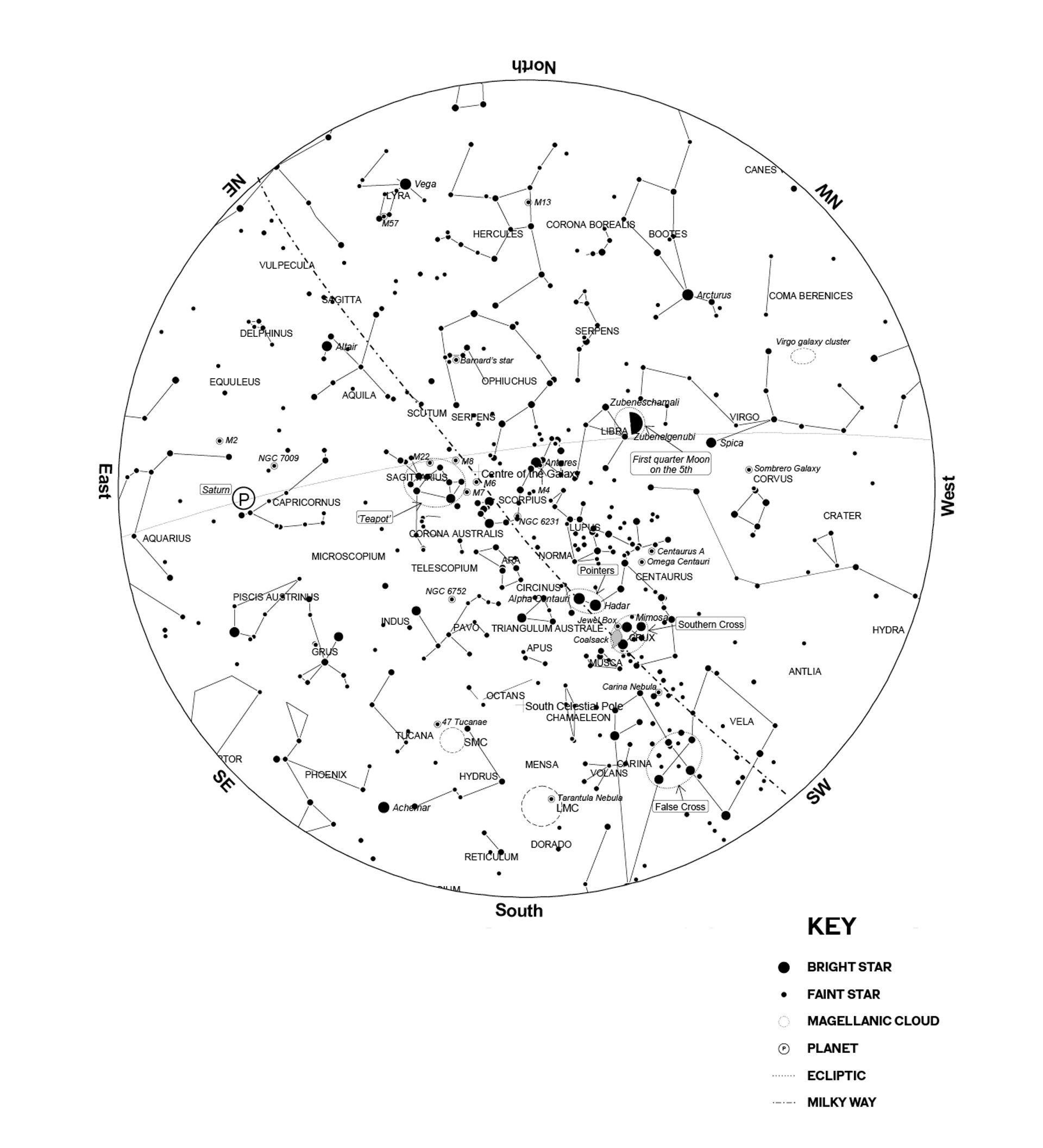
Planets
This month, Mercury, Mars and Saturn are in the evening sky while Venus and Jupiter are best seen in the early morning.
Mercury is low in the western sky after sunset in the constellation of Leo, briefly passing through the corner of sextans and then back into Leo. By the end of the month, it is almost lost completely in sunset.
Venus is an evening planet for the first half of the month, setting just after the Sun does. For the second half of the month, it becomes visible in the morning sky, rising just before the Sun. Venus begins the month in the constellation Leo, before moving into Cancer in the middle of the month.
Mars the red planet is in the western evening sky, starting in the constellation Leo before moving into Virgoin the second half of the month. On18 August and 19 August, Mercury, Mars and the crescent Moon make an impressive trio in the western sky.
Jupiter the largest planet in our Solar System is in the northern sky, in the constellation Aries, in the early hours of the morning. It rises in the early hours of the morning at the start of the month and late at night by the end of August. On8 August it can be found next to the last quarter Moon.
Saturn the ringed planet is in the eastern sky in the constellation Aquarius. It rises about two hours after sunset at the start of the month, and just before sunset (becoming visible as darkness grows) by the end of the month. On27 August, Saturn reaches opposition and is at its brightest for the year. On the 30th, the full Moon rises close to Saturn, slightly above and to the right (south) in the sky.
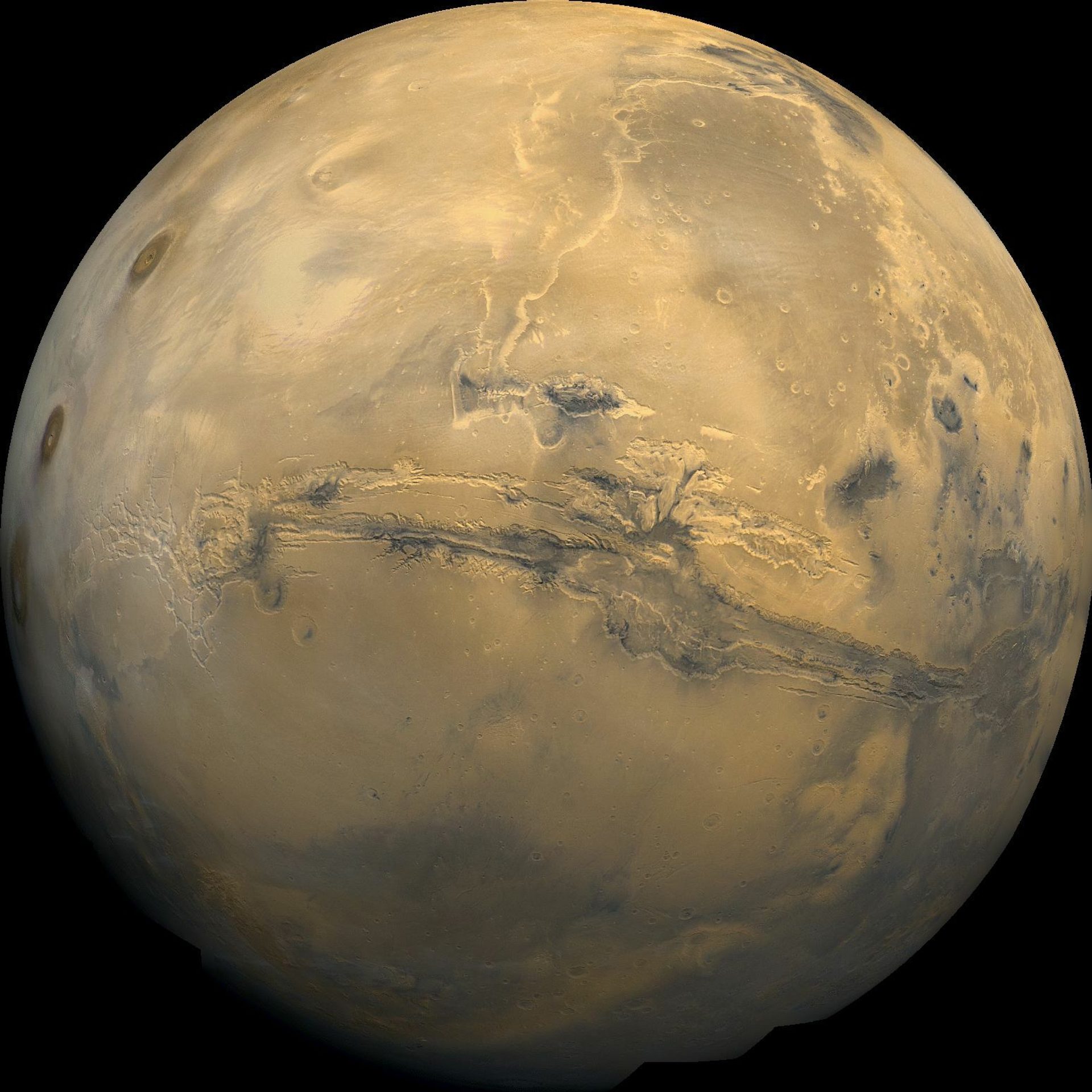
Moon
Full Moon – Wednesday 2 August
Last quarter – Tuesday 8 August
New Moon – Wednesday 16 August
First quarter – Thursday 24 August
Full Moon – Thursday 31 August
Deep sky
Explore the universe through binoculars or a telescope and take in these gems of the August sky:
The Jewel Box (NGC 4755) is an open star cluster approximately 10 million years old. It is close to Beta Crucis (Mimosa), the second-brightest star in the Southern Cross and in binoculars and small telescopes appears as an ‘A’ shape. It is about 20 light-years across, and just exceeds 100 stars, most of which are blue and include some blue and red supergiants. The Jewel Box is one of the youngest open clusters in our skies with an estimated age of about 14 million years. It lies about 6400 light-years from us.
Alpha Centauri a triple star system consisting of Alpha Centauri A and B and the closest star to our Sun, Proxima Centauri (Alpha Centauri C) at 4.2 light-years away. Proxima Centauri is a red dwarf star, only visible through large telescopes, and revolves around the other two stars once every 550,000 years. Two planets have been confirmed in orbit around Proxima, Proxima b and Proxima c. Proxima b is an Earth-mass planet discovered in 2016 located within the habitable zone of Proxima Centauri, while Proxima c is a super-Earth exoplanet orbiting the star once every 1928 days.
Omega Centauri (NGC 5139) is the brightest and largest globular cluster in the sky. It is so bright that it was labelled as a star on early sky charts by Ptolemy and is one of the few objects in the sky that carries both a star designation and an object catalogue designation. Omega Centauri shines with the luminosity of a million suns and is relatively close to us, only 15,800 light-years away. It contains about 10 million stars and some theories suggest it could be the remnant core of a galaxy that is merging with the Milky Way.
M4 (Messier 4) the closest globular cluster to Earth, at a distance of 5500 light-years away. M4 is easy to locate, sitting next to the red supergiant star, Antares, in Scorpius. The cluster contains more than 100,000 stars with approximately 40,000 of these white dwarf stars.
M6 & M7 (Messier 6 & 7) these two open star clusters are found below the sting of the Scorpion. M6 is about 1600 light-years away and M7, about 980 light-years. See if you can spot the butterfly in M6!
Other events
This month we see two supermoons (2 and 31 August) and a blue Moon (31 August).
The distance of the Moon from Earth varies throughout the month due to the slightly elliptical orbit of the Moon. A supermoon is defined as a full Moon that occurs within 24 hours of the Moon’s closest point in its orbit to Earth (known as the perigee). At this time the Moon can be up to 14% larger than at its minimum (apogee), making it an excellent time to do some moon gazing. In August, both full Moons qualify as supermoons.
The occurrence of two full Moons in a month is, in itself, a relatively rare event, and doesn’t occur again in Australia until 2026. When this happens, the second full Moon in the month is called a blue Moon. It has nothing to do with the Moon’s colour, which is no different than normal.Blue Moons arise because the Moon takes 28 days to complete one orbit of Earth, and to cycle through its phases, while most months have either 30 or 31 days. If a full Moon occurs in the first couple of days of the month, we then get a second full Moon near the end of the month – the blue Moon.
This means the full Moon on 31 August will in fact be a ‘blue supermoon’– that is, both a blue Moon and a supermoon. The best time to view the Moon is at moonrise, which is at 5:44pm on 2 August and 5:47pm on 31 August.
Besides the Moon, you can look for the Perseids meteor shower, which is active from 17 July to 24 August. At its peak, on 13–14 August, you can expect about 100 meteors per hour. Note, however, that the Perseids are best viewed from the northern hemisphere: the radiant (or apparent origin of the meteors in the sky) just skims the northern horizon between about 5:00 and 6:00 am on these dates, so you will need dark skies, clear of any obstructions to the north, if you wish to enjoy this particular shower.
Meanwhile, Sydney Science Festival is happening across Sydney from 12–20 August. The festival is an exciting and accessible program of science events aiming to inspire curiosity about science. This year’s festival theme – Trace – explores the many marks we leave on our environment, and highlights advances in our understanding of human activity and climate change. Tying into this, the immersive Atmospheric Memory exhibition, from artist Rafael Lozano-Hemmer, opens on the 12 August.










